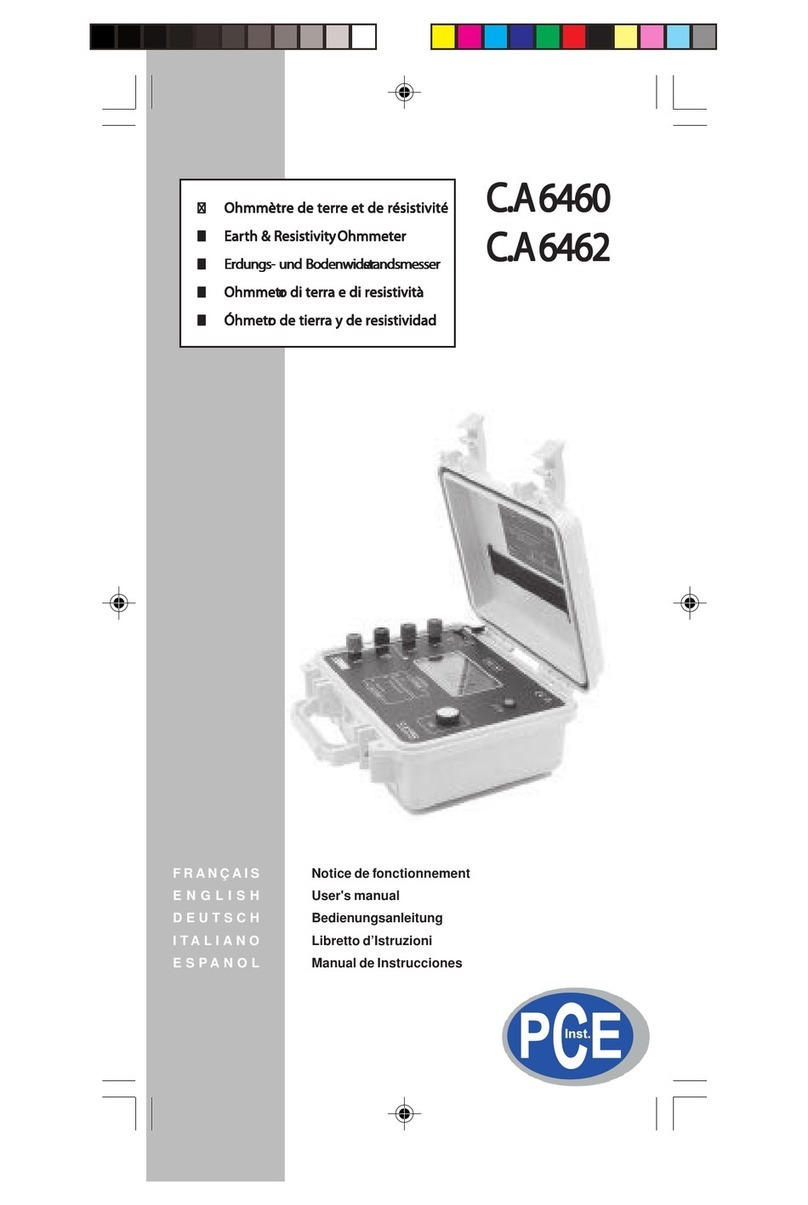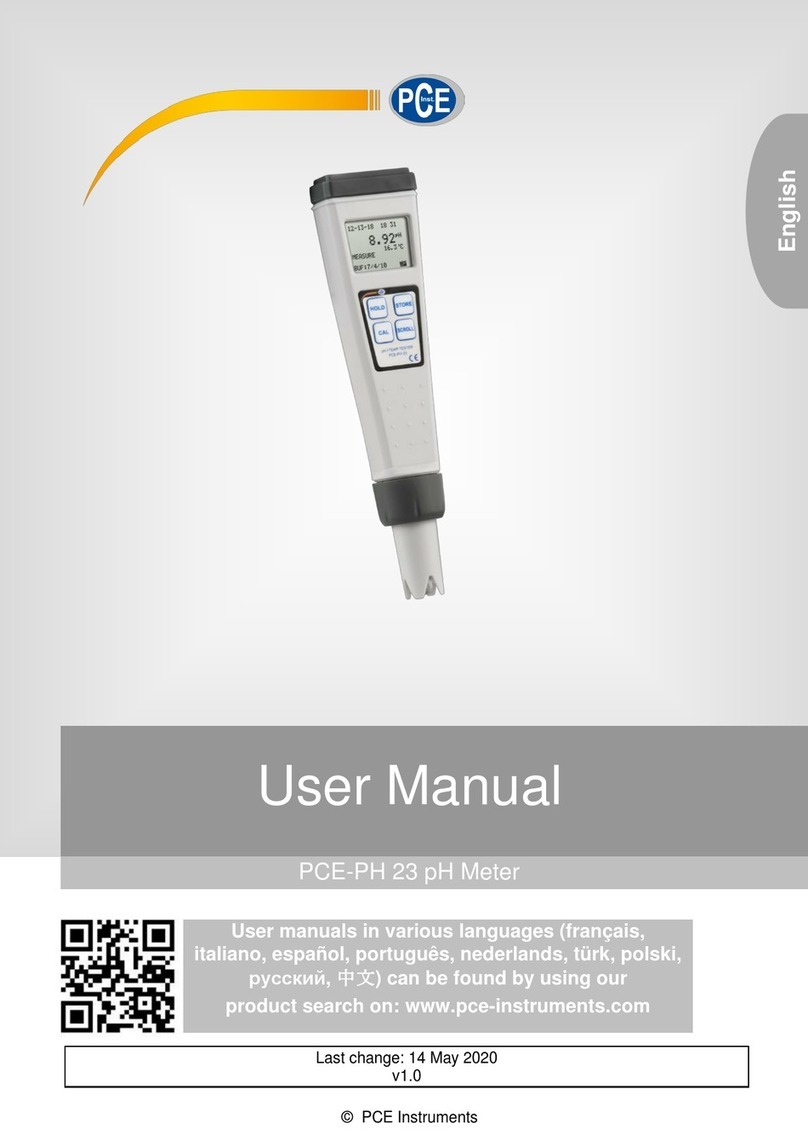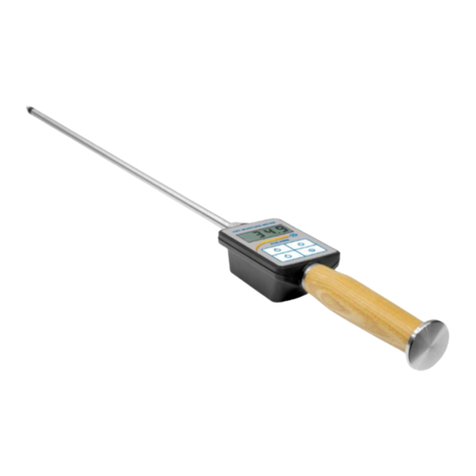PCE Instruments 880 User manual
Other PCE Instruments Measuring Instrument manuals
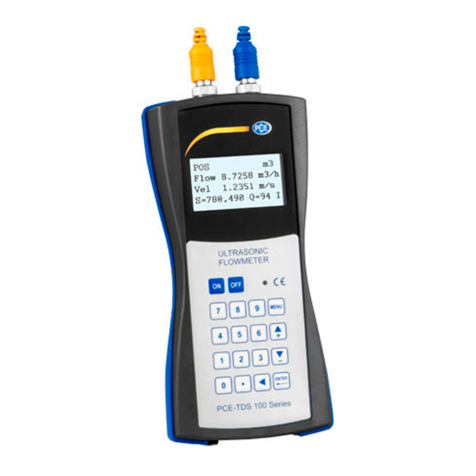
PCE Instruments
PCE Instruments PCE-TDS 100 H/HS User manual
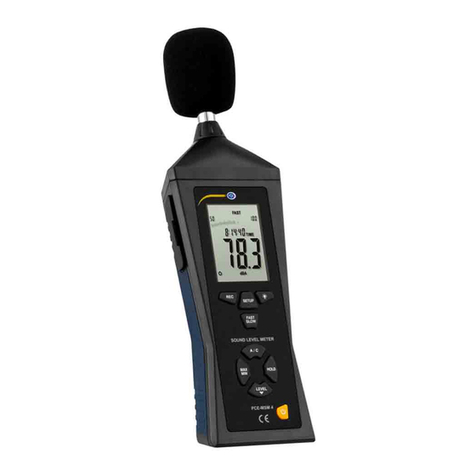
PCE Instruments
PCE Instruments PCE-322ALEQ User manual

PCE Instruments
PCE Instruments PCE-T 240 User manual
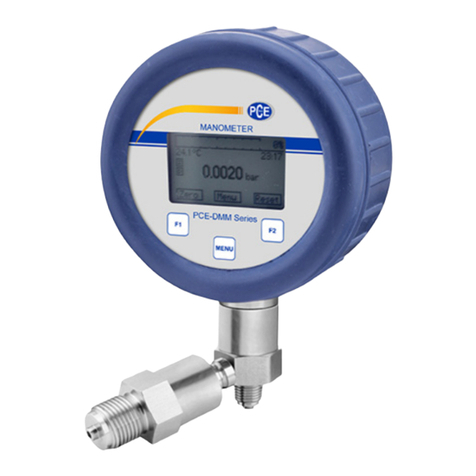
PCE Instruments
PCE Instruments PCE-DMM 70 User manual
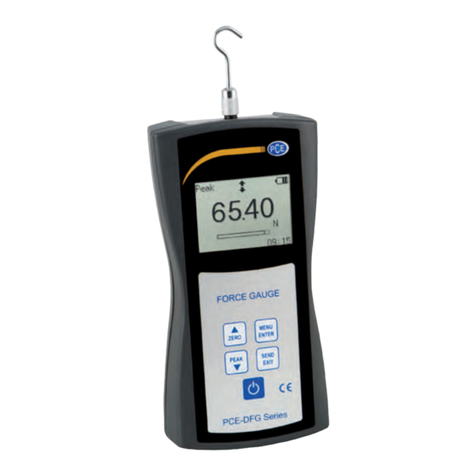
PCE Instruments
PCE Instruments PCE-LFG 5 User manual
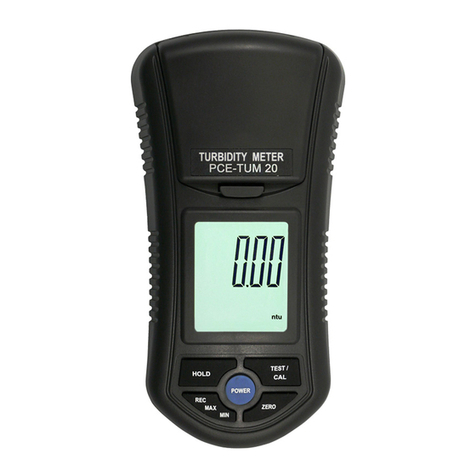
PCE Instruments
PCE Instruments TUM 20 User manual
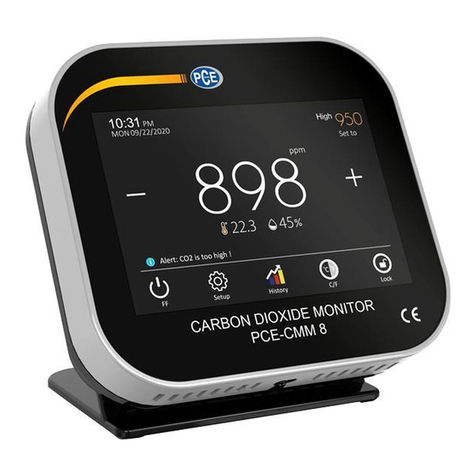
PCE Instruments
PCE Instruments PCE-CMM 8 User manual
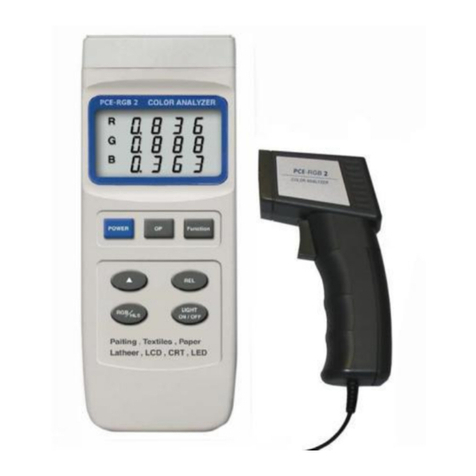
PCE Instruments
PCE Instruments PCE-RGB 2 User manual

PCE Instruments
PCE Instruments PCE-EM 29 User manual
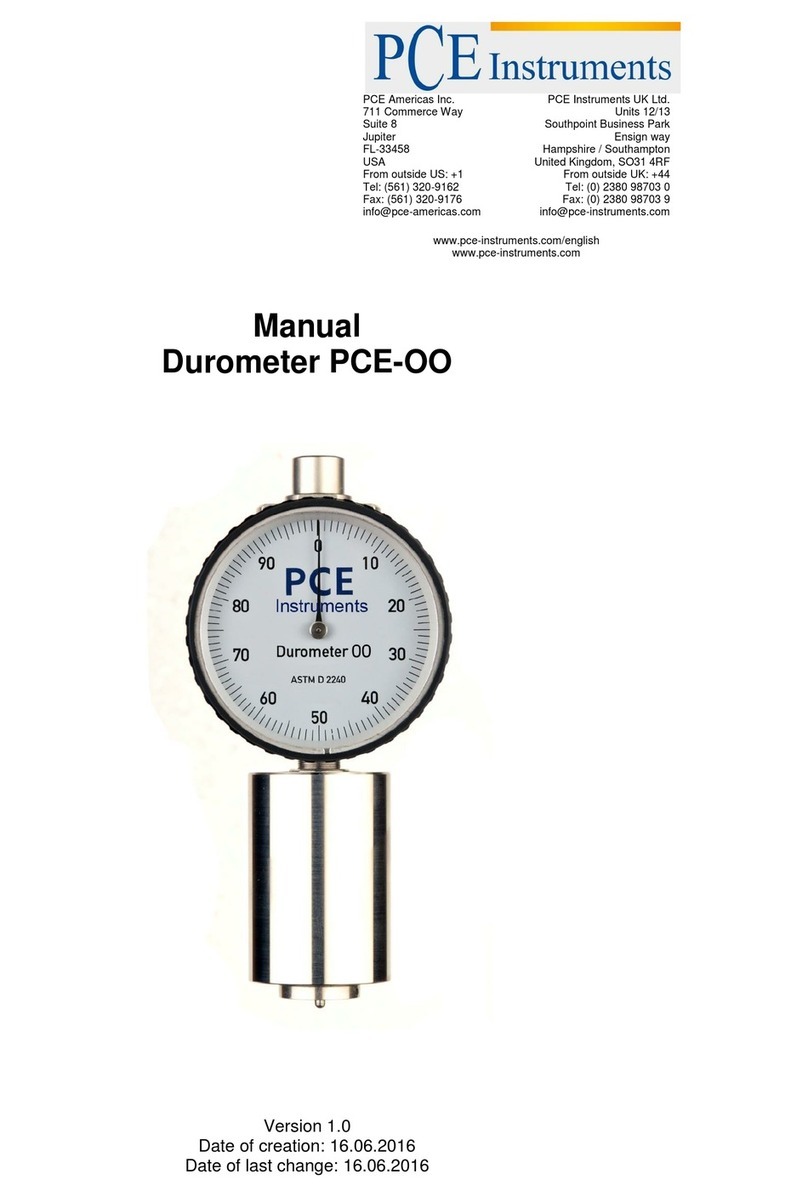
PCE Instruments
PCE Instruments PCE-OO User manual
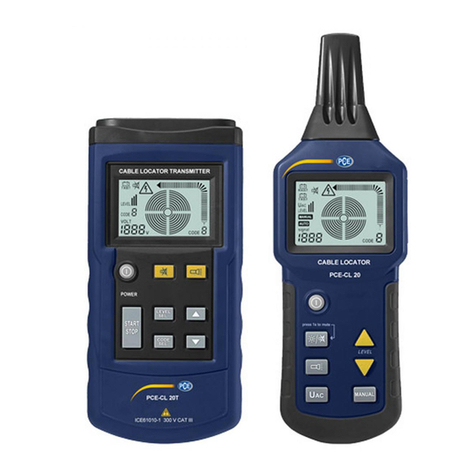
PCE Instruments
PCE Instruments PCE-CL 20 User manual
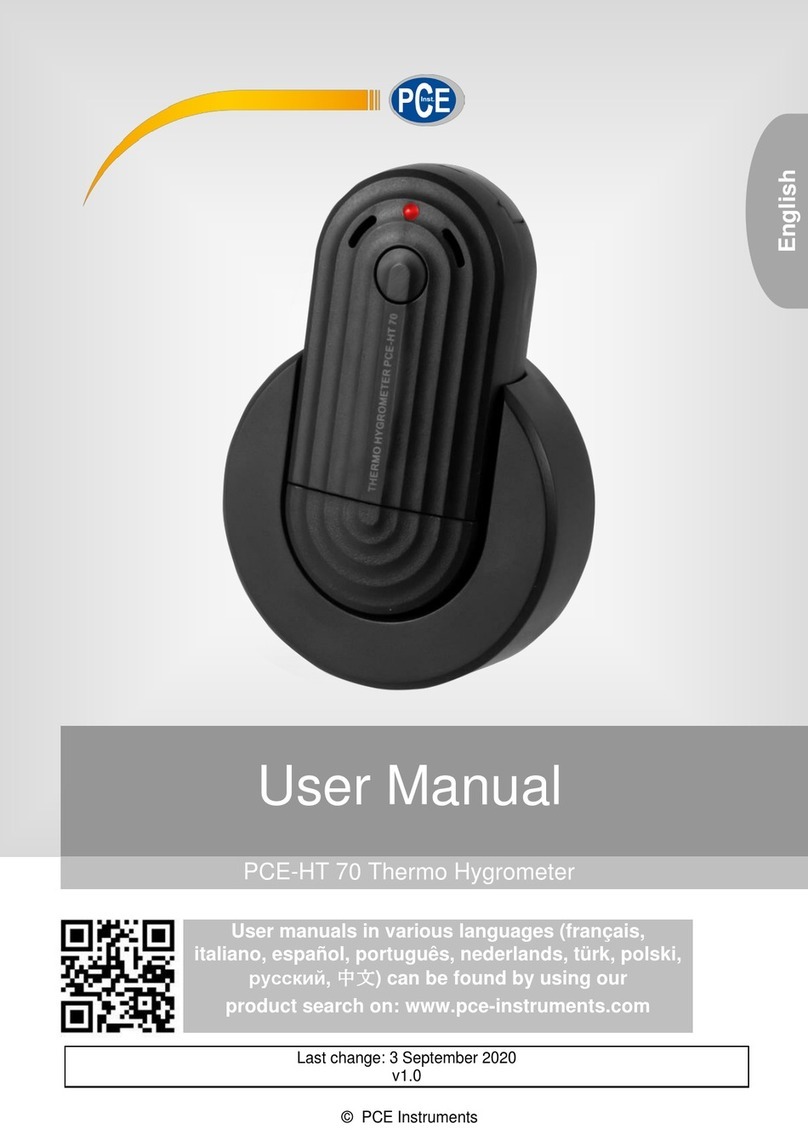
PCE Instruments
PCE Instruments PCE-HT 70-ICA User manual
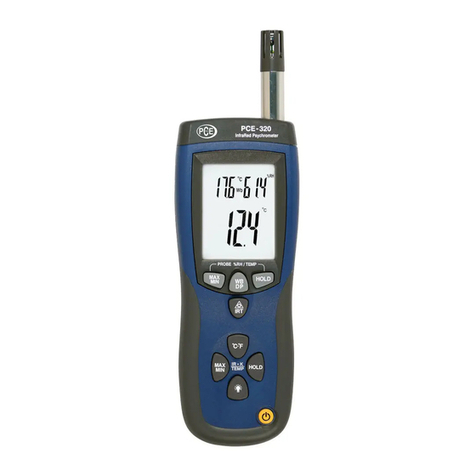
PCE Instruments
PCE Instruments PCE-320 User manual
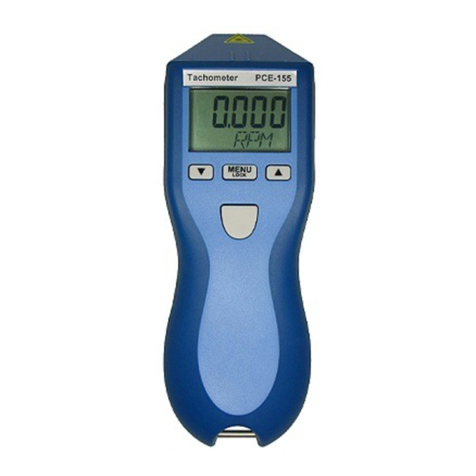
PCE Instruments
PCE Instruments PCE-155 User manual

PCE Instruments
PCE Instruments PCE-2800 User manual
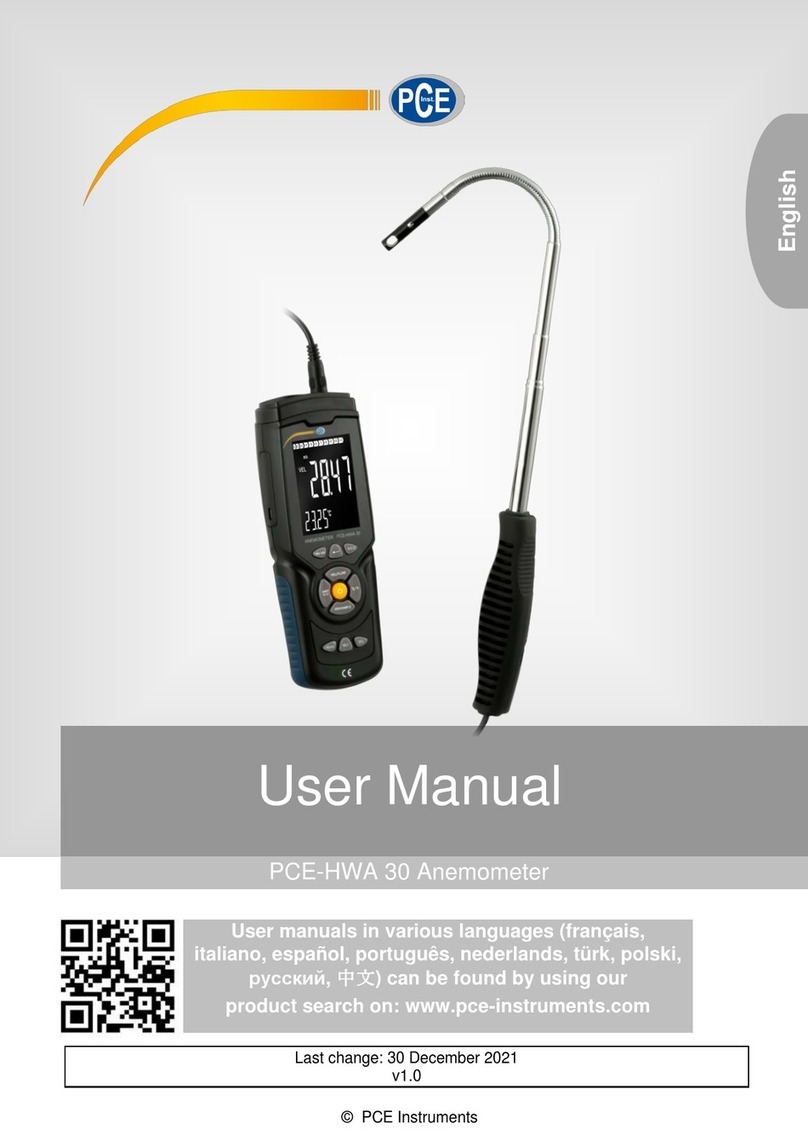
PCE Instruments
PCE Instruments PCE-HWA 30-ICA User manual
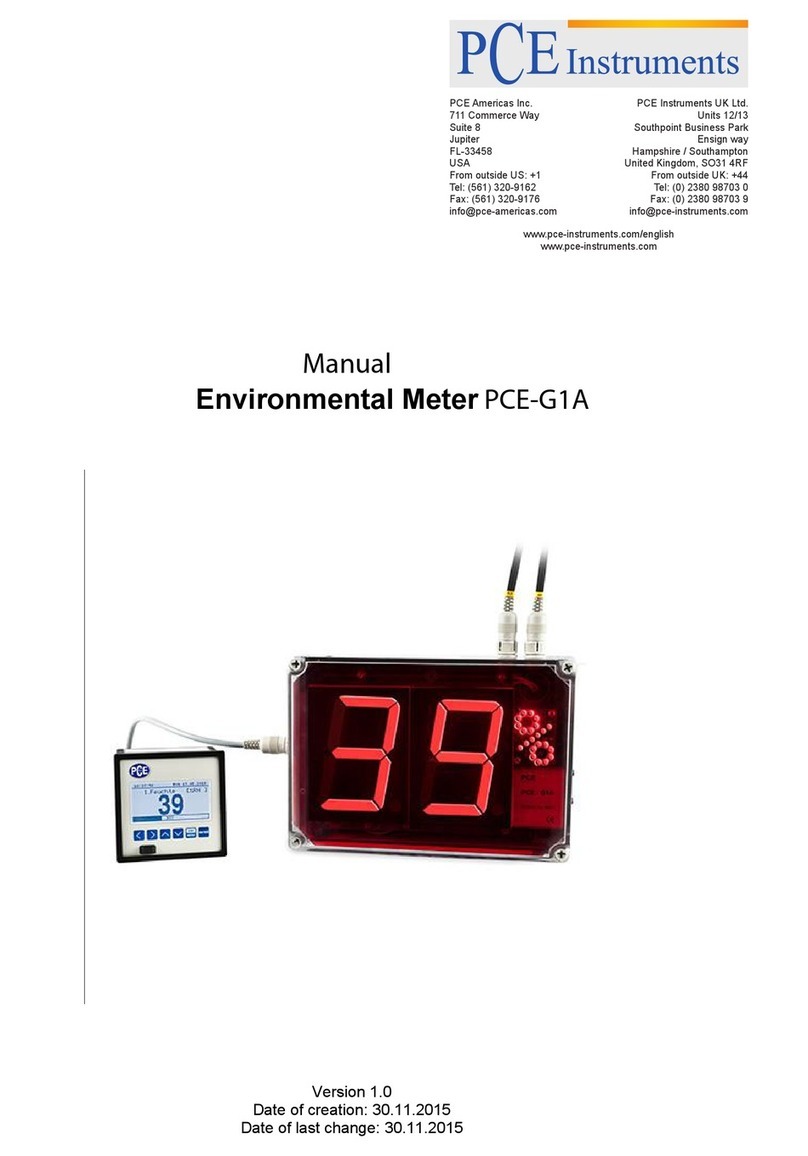
PCE Instruments
PCE Instruments PCE-G1A User manual
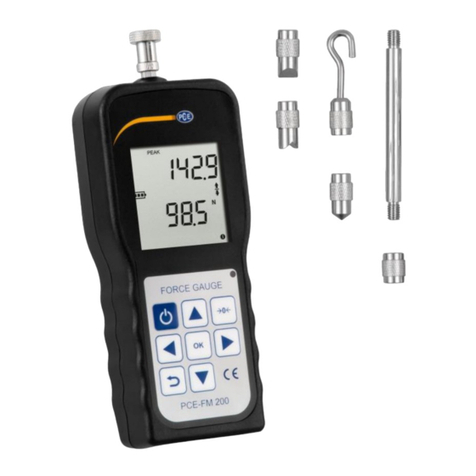
PCE Instruments
PCE Instruments PCE-FM 50N User manual
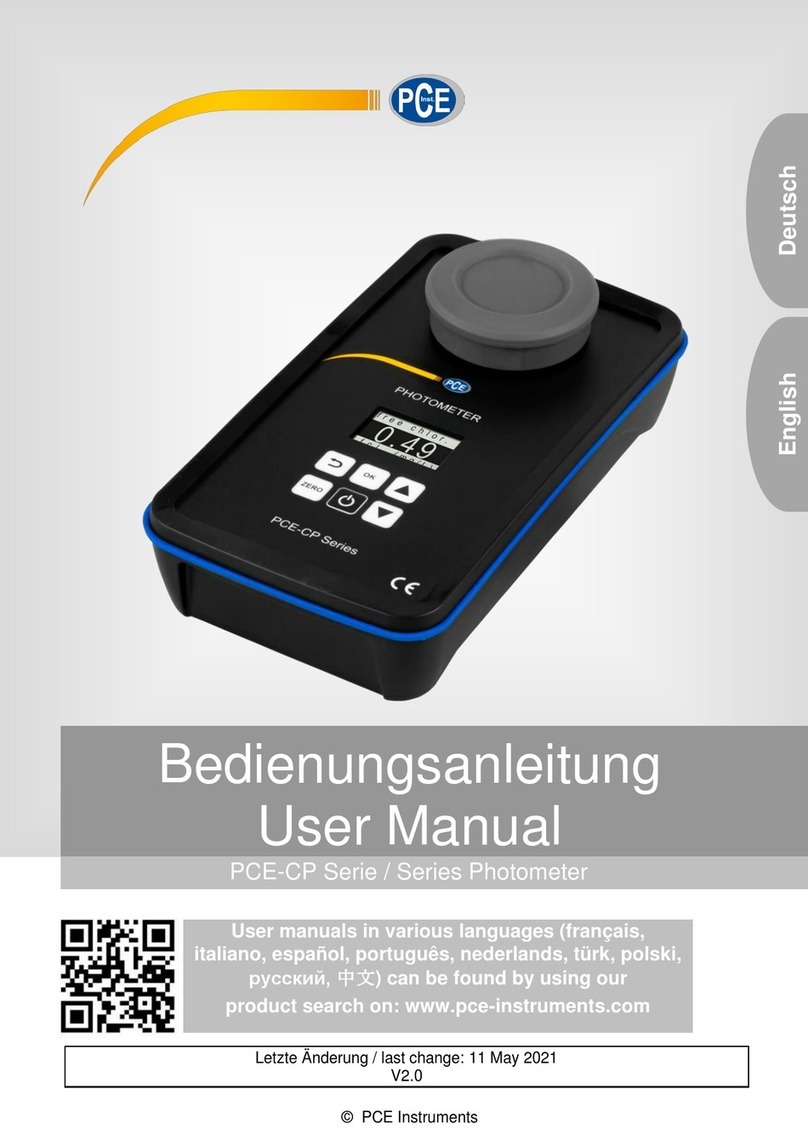
PCE Instruments
PCE Instruments 2452786-62 User manual
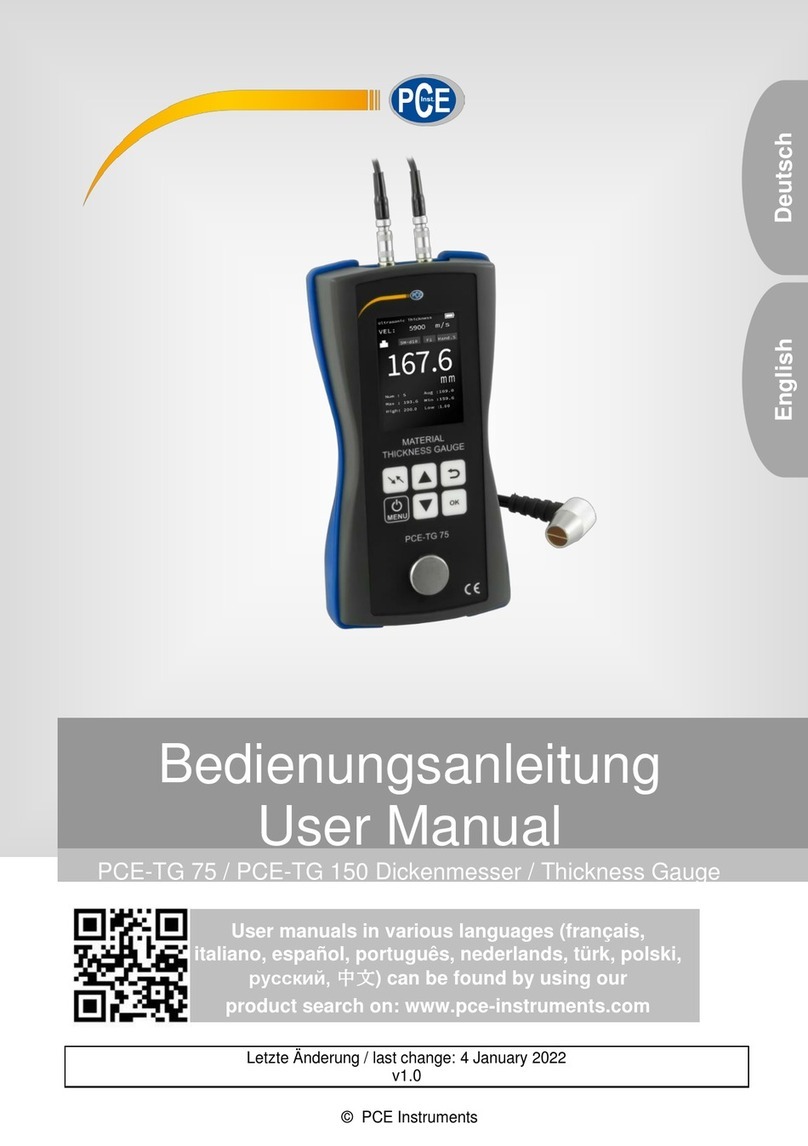
PCE Instruments
PCE Instruments PCE-TG 75-ICA User manual
Popular Measuring Instrument manuals by other brands

Powerfix Profi
Powerfix Profi 278296 Operation and safety notes

Test Equipment Depot
Test Equipment Depot GVT-427B user manual

Fieldpiece
Fieldpiece ACH Operator's manual

FLYSURFER
FLYSURFER VIRON3 user manual

GMW
GMW TG uni 1 operating manual

Downeaster
Downeaster Wind & Weather Medallion Series instruction manual

Hanna Instruments
Hanna Instruments HI96725C instruction manual

Nokeval
Nokeval KMR260 quick guide

HOKUYO AUTOMATIC
HOKUYO AUTOMATIC UBG-05LN instruction manual

Fluke
Fluke 96000 Series Operator's manual

Test Products International
Test Products International SP565 user manual

General Sleep
General Sleep Zmachine Insight+ DT-200 Service manual
